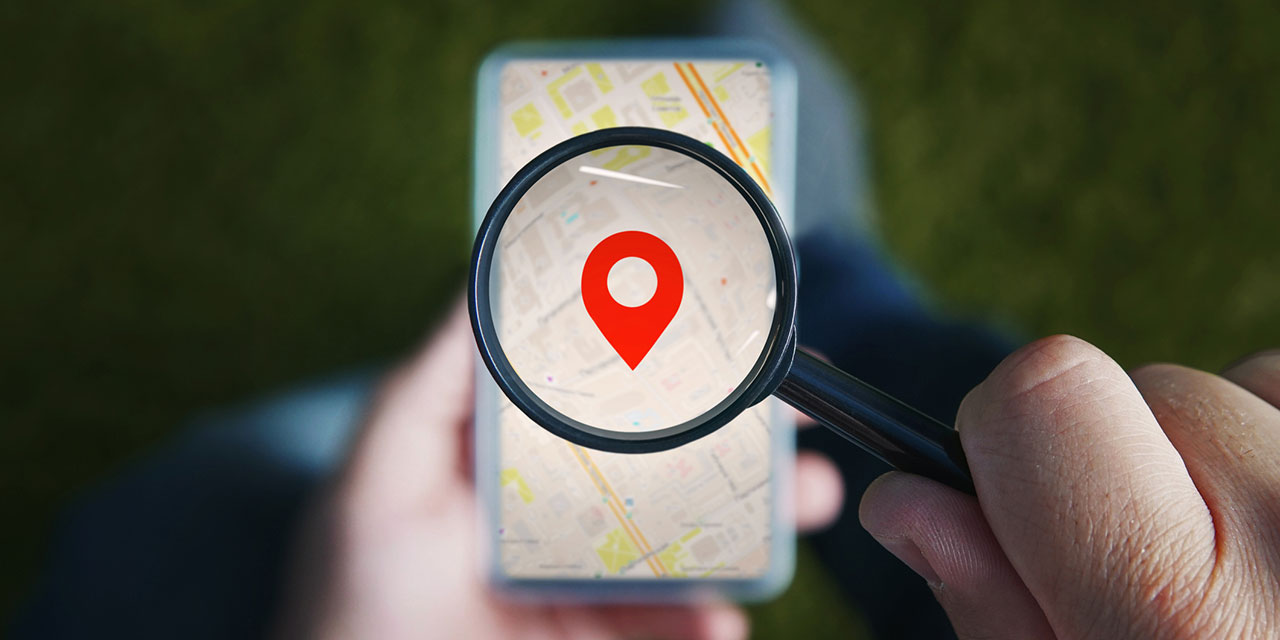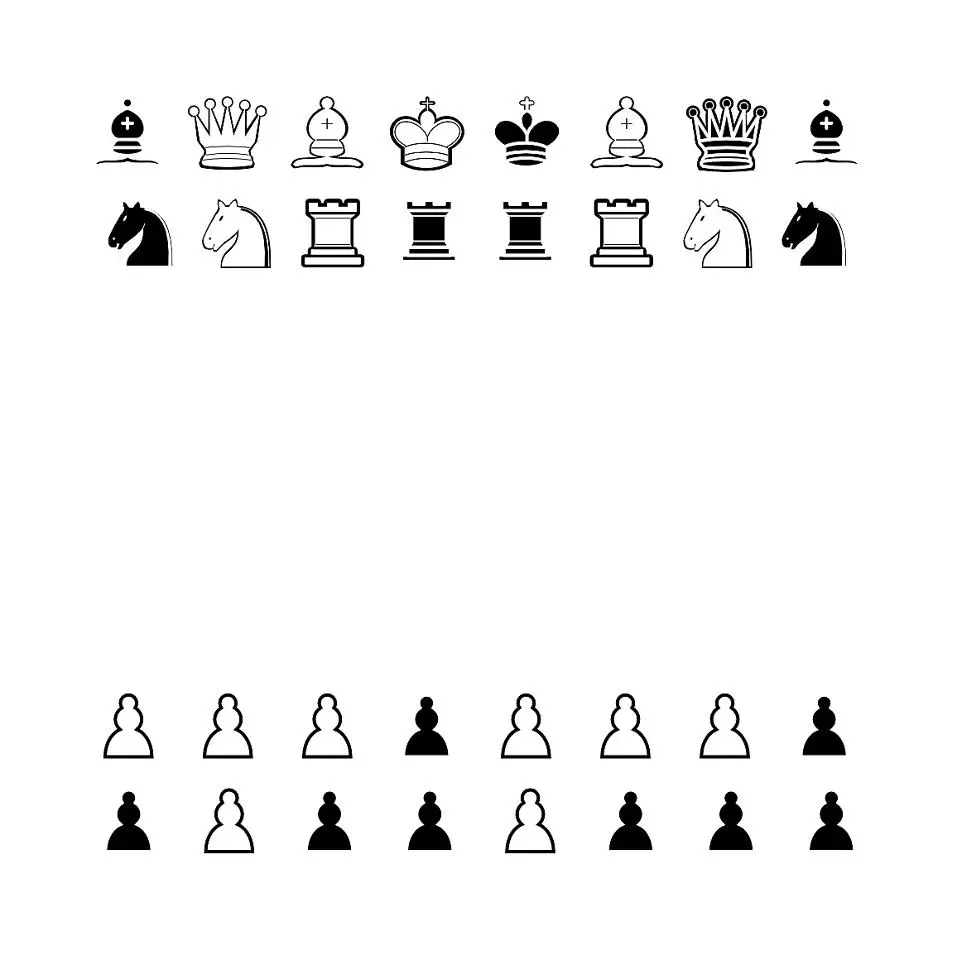Gait biometric systems capture step patterns using video images and then convert the collated data into a mathematical equation. Gait as a biometric measure can be influenced by several factors, including footwear, terrain, fatigue, and injury.
…Love this sub, I don’t have hardcore needs in terms of privacy, but wanted to know for people that enjoy a covid mask, their opinion on Gait Rec. Technologies, and does any one have any intel in throwing these systems off, whether or not that is impossible?
haha curious if this would work although in that article i linked to :
“Your gait is like a fingerprint, unique and impossible to falsify.”
And yet it says it can be impacted by footwear
I’m sure the companies selling the software want people to think that. Automatic Fingerprint ID has enough false positives, I can’t imagine this wouldn’t be worse.
Put a pebble in your shoe.
This and the initial article are central plot points in Cory Doctorow’s Little Brother.
It’s a YA novel about a guy who helps organize resistance against the government by hacking Xboxes. There are at least 2 sex scenes. The ending is deeply unsatisfying, perhaps because the author wanted to convey that he alone cannot possibly succeed
haha, that would be painful to walk around with all the time
Well, if you did it all the time they would consistently identify you.
true, of course it depends on various factors right, because if your in the system, they need a way to link your identity to your gait, and for most people it would be impossible to avoid unless you’ve been running level 10 Opsec for the past 20 years you might be in the clear
You’re right, it would be very annoying to change up your gait all the time unless you’re a potential target. Like you, I try to avoid being tracked and surveillances as much as possible just by principle. But for something like this it would be very impractical.
put it in the other shoe then

Depends on the tech, but essentially you need to adjust stride length, foot pronation/supination, knee extension and a bunch of things about hip alignment.
Someone walking while looking at their phone will ID differently than the same person walking fast while trying not to run.
BUT, in the same context with the same footwear, these systems are pretty accurate. So in places with CCTV, they can be pretty quick at tagging and filtering regular repeated activity. That way, it’s the unrecognized gaits that get flagged up for investigation.
Thanks for the reply, makes a lot of sense.
If you walk without rhythm then you won’t attract the worn.
Like facial recognition it can work under pristine test conditions so you can get governments and corporates to spend millions on it
Not very useful in reality I would assume
Knew this was coming at scale sooner or later. Something of a concern to me personally, because my own gait is particularly identifiable to those who know me.
Aside from footwear, and possibly using various inserts to change the way one’s foot falls on the ground, I don’t have any obvious thoughts for defeating this unfortunately. The problem with any sort of inserts is that they’re likely to cause other problems over time for the same reason they could theoretically mask one’s gait - unnatural walking tends to be bad for the body on the whole, and to cause more widespread problems over time.
This.
If you only need to disrupt gait recognition for a short period of time, then something as low-tech as some pebbles in your shoe would suffice. But there aren’t any solutions that can fool it long-term.
put a rock in your shoe. that’ll throw off your gait for sure
Relevant: https://youtu.be/R46cX0AjzT4
very much so, scared that will happen in the west one day…if it isn’t already 👀
If the cameras they use for this are cheap enough to not have an IR filter on them you could maybe blind them with some bright IR LEDs while remaining relatively inconspicuous as long as no one points their phone camera at you.
We need glow in the dark IR
It works from video you film too if you are walking while filming
deleted by creator
If I wear boots, sneakers, sandals, hiking shoes sometimes I wonder if it will be enough to throw it off? How distinctly will it be able to tell from millions of gait patterns? Sure it may work foolproof for a set of 100 even intentionally trying to vary things, but how similar will the gait of Roberto Ramirez be to himself the next week or to the hundreds of thousands of people going past an area over a year?
I mean I defiantly walk different in flat bottom shoes vs something with a heel like running shoes or boots, I’d guess it should be enough
As I recall yes. When the tech was new several years ago, just wearing flip-flops or jandels or whatever-you-call-them was enough to completely throw it off.
I definitively walk differently in e.g., Birks, generic sandals, and generic slip-on closed-toe shoes.
Each one is quite consistent and recognizable, unfortunately, which puts me in a position of few options for working around this sort of technology. If you see me in Birks a decade ago, you’ll know me in Birks today without having to see anything above my hip.












